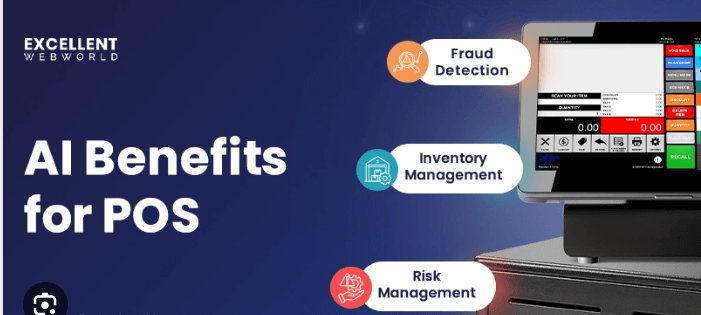How Cloud Security Is Evolving to Protect Your Data
Cloud security is undergoing significant transformation to enhance data protection. Key advancements include the integration of AI and machine learning for improved threat detection and predictive analytics. Concurrently, the adoption of zero-trust architectures is redefining access control protocols. As organizations confront evolving risks, a proactive approach to threat intelligence becomes essential. These developments raise critical questions about the future landscape of cloud security and the strategies needed to navigate it effectively.
The Rise of AI and Machine Learning in Cloud Security
As organizations increasingly migrate their operations to the cloud, the integration of artificial intelligence (AI) and machine learning (ML) into cloud security frameworks has emerged as a pivotal strategy for managing complex security challenges.
AI advancements enhance threat detection capabilities, while machine learning applications utilize predictive analytics to identify anomalies.
This proactive approach enables organizations to bolster their defenses against evolving cyber threats, ensuring greater data security and operational freedom.
See also: How Cloud Computing Is Supporting Startups and Entrepreneurs
Implementing Zero-Trust Architectures for Enhanced Protection
The increasing sophistication of cyber threats necessitates a paradigm shift in security strategies, prompting organizations to adopt zero-trust architectures.
By prioritizing identity verification and stringent access control, these frameworks ensure that no user, device, or application is trusted by default.
This rigorous approach minimizes vulnerabilities, fosters a dynamic security posture, and empowers organizations to maintain greater control over sensitive data in an ever-evolving threat landscape.
Adapting to Emerging Threats: Strategies for Future-Proofing Cloud Security
While organizations increasingly migrate to cloud infrastructures, the need to adapt to emerging threats becomes critical for maintaining robust security.
Implementing threat intelligence systems enables proactive detection of vulnerabilities, while adherence to established compliance frameworks ensures regulatory alignment.
Together, these strategies fortify cloud environments, allowing organizations to safeguard data against evolving risks and maintain operational freedom in an increasingly complex digital landscape.
Conclusion
In an era reminiscent of the digital arms race, cloud security is continuously adapting to safeguard sensitive data against an evolving threat landscape. By harnessing the power of AI and machine learning, implementing robust zero-trust architectures, and proactively addressing emerging risks, organizations are fortifying their defenses. As they navigate a labyrinth of compliance and technological advancements, these strategies not only enhance security but also ensure resilience, reminiscent of a phoenix rising from the ashes of past vulnerabilities.





